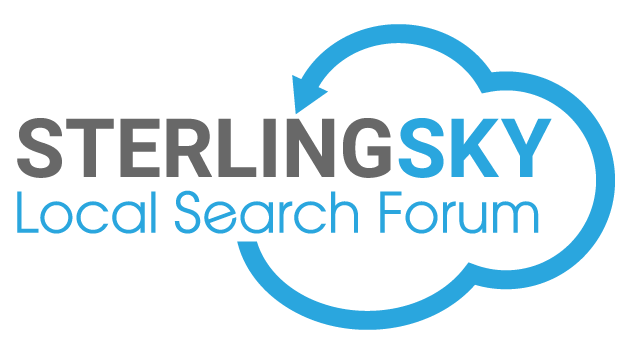- Joined
- Aug 1, 2012
- Messages
- 64
- Solutions
- 1
- Reaction score
- 25
How Does Google Choose the Image For the New Places Carousel Results?
The moment of truth has arrived, and it?s now time to talk about the question we?ve all been asking ourselves since Google?s Carousel update: ?How does Google pick the image on the carousel listings?? Well, hopefully I can help shed some light on the situation. I have been doing some research, over the last couple weeks, and I came up with some interesting results. I also compared these results with listings across several industries that all seem to verify my findings.
In the past, Google has not really stressed the need for images on business listings. This has now changed and they have implemented an algorithm that will gather pictures for the business from across the web in an effort to make the end user experience more fulfilling.
A warning before you get into the details of this post: You may get hungry due to all the images of Chinese food so I take no responsibility for yourcravings for potstickers and King Fu movies that star Jackie Chan.
Ok so hang on tight, and here we go?
Case Study: Chinese Broccoli ? Unverified Listing
First I did a search for ?Chinese food salt lake city? and these results showed up. We will continue to revisit these from time to time.
The First business listing clicked on is ?Sampan?
Notice how the picture 'B' on the right is different than picture 'A' in the carousel listing.
Clicking to the Google+ Local page gives me nothing. No pictures and not a lot of information either. This listing indicates that it is not claimed or managed in Google Places or Google+.
OK so where are the images coming from?????
Well, let?s click on the yummy looking sesame chicken and broccoli image (Image B) showing up. It takes you to their listing on cityvoter.com.
Well, there they are. But what determines Google placing image 'A' vs. image 'B'?
Notice that a description of the restaurant shows up on the image when I hover over Image 'A' with my mouse.
The other images do not have a description, including the Broccoli image (Image B). This indicates that Google is selecting the most relevant image based on the information attached to it.
However, it it will display the highest quality image next to the map once the listing is clicked and the description shows up.
Case Study: Caf? Trang ? Verified Listing
Now I had to find an owner verified listing and, of course, it looks a little bit different than the first.
Their Google Places page looks a little more managed than the first. Depending on whether they have the old, or new, places dashboard; it looks as if they have uploaded a picture themselves. Usually, the first image uploaded into the Google Places dashboard is the one that shows as the default ?Profile? image, and shows on the Google Maps listing also.
So we have learned so far that Google will add the picture if the listing is managed. If the listing is not managed; they will scour industry sites, like urbanspoon or cityvoter, for relevant images. Then Google will choose the most relevant image based on content.
Case Study: Hong Kong Tea House ? Unverified Listing
Hold on!! I am about to throw another scenario into the mix. Moving back a few listings to ?Hong Kong Tea House?, their places page looks as if it is being managed and has photos uploaded, but is it???
I don?t think it is and here is why. When we go back to the Carousel results and click on the image titled ?See Photos? we find a huge image uploaded by a named Google user.
The other image is uploaded by an anonymous Google user.
The anonymous user image comes in second place. It makes sense that Google is giving preference to public interaction (Which they have publicly stated before!)
So, why are some maps images showing on the Carousel? This can be attributed to the listing not being owned, no public photos, and Google not being able to find the image on any relevant industry sites (Yet).
Here is a quick flowchart on these findings.
The whole point of this is to inform you that; you have control over the images that show on the new results. Here is a quick breakdown of what Google is looking for.
1. Listing verified and managed in Google Places (This is the easiest method of control)
2. Gathers User Photos for unverified listing
3. Uses Citation Sources as a last resort for photos.
4. Adds a map image when nothing else can be found.
To reiterate: It seems Google is shifting to a more thorough image scraping algorithm to make the end user experience more fulfilling.
Here is a video of the results also:
[video=youtube;c5fnZnvJl9U]http://www.youtube.com/watch?v=c5fnZnvJl9U&feature=youtu.be[/video]




